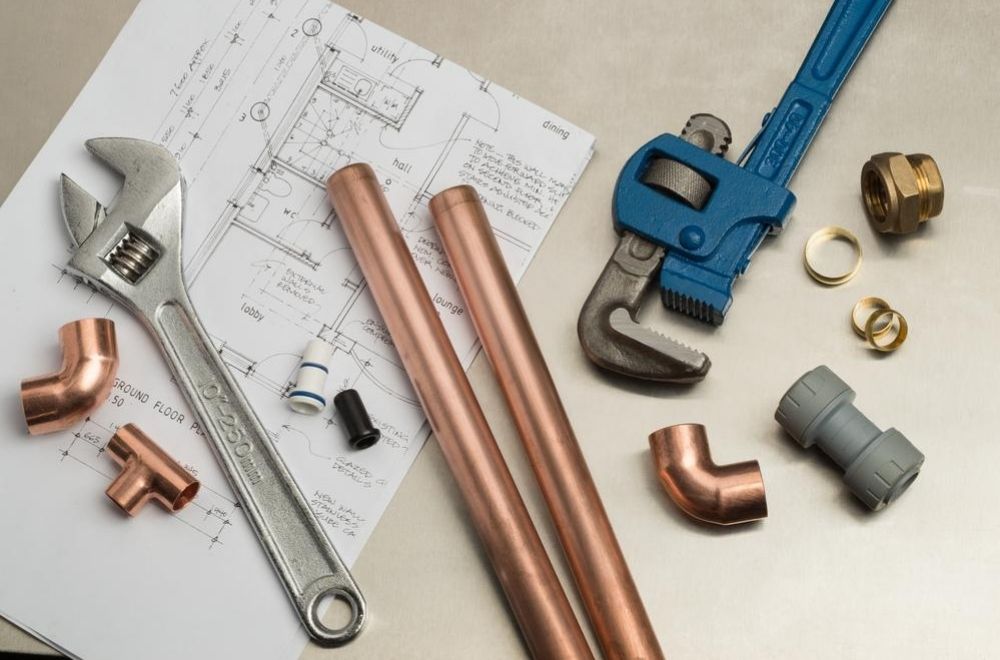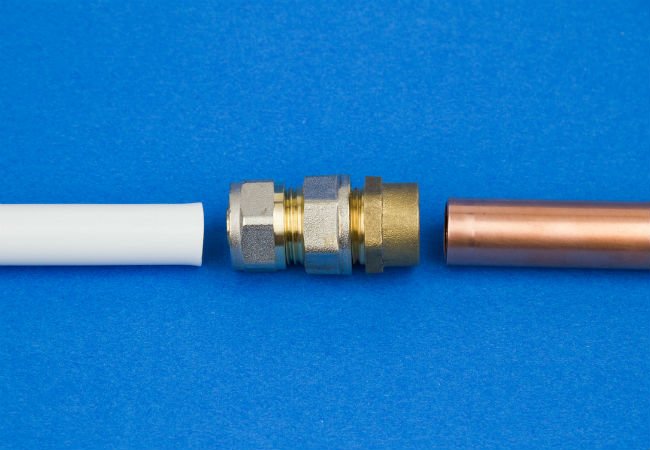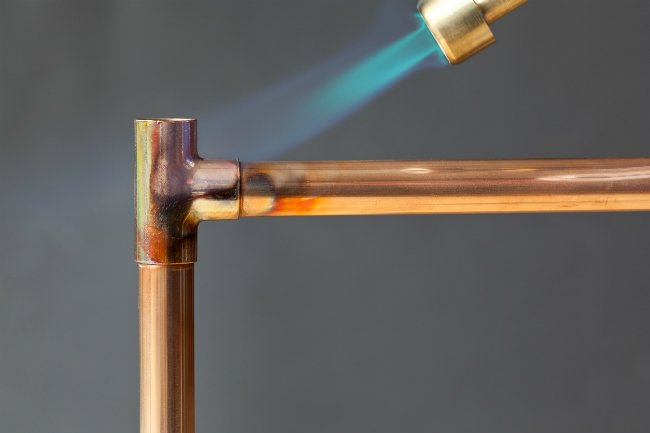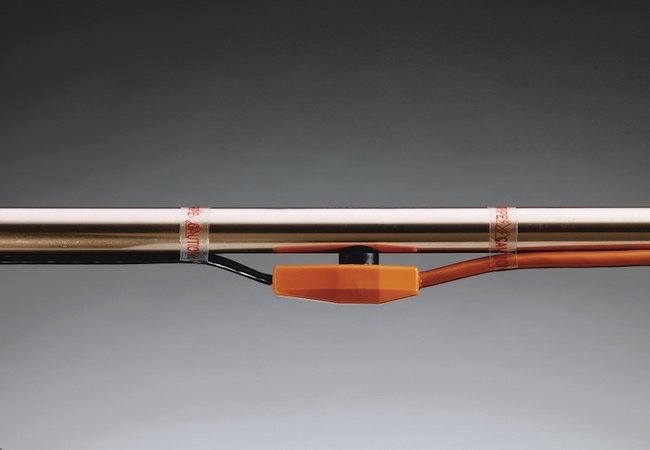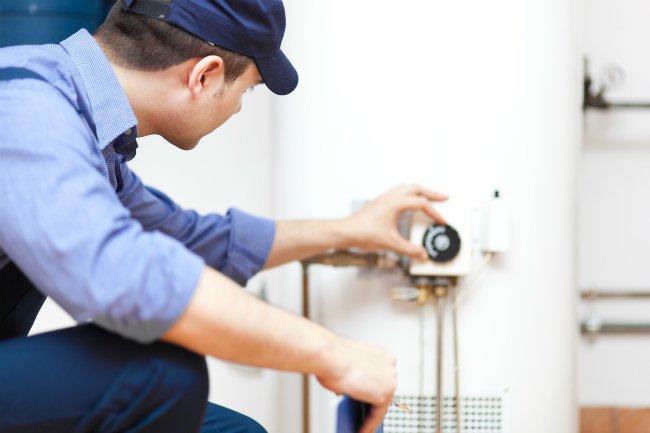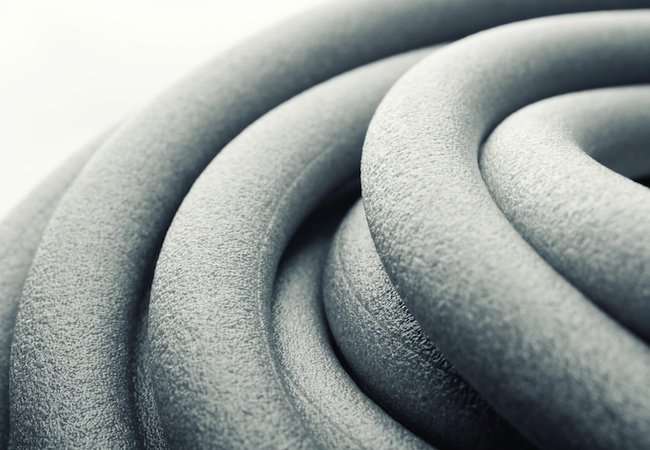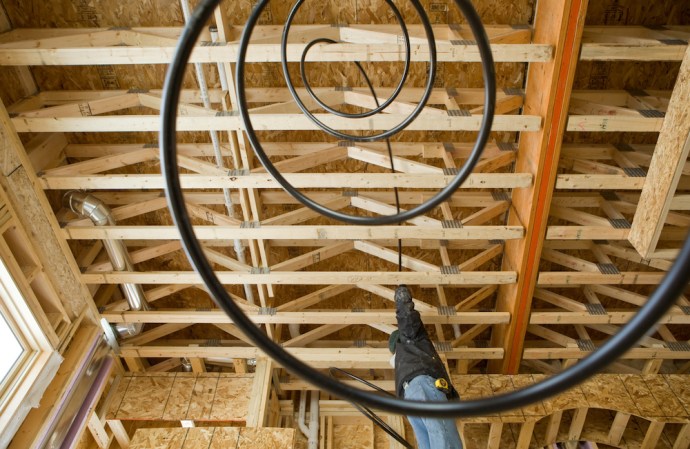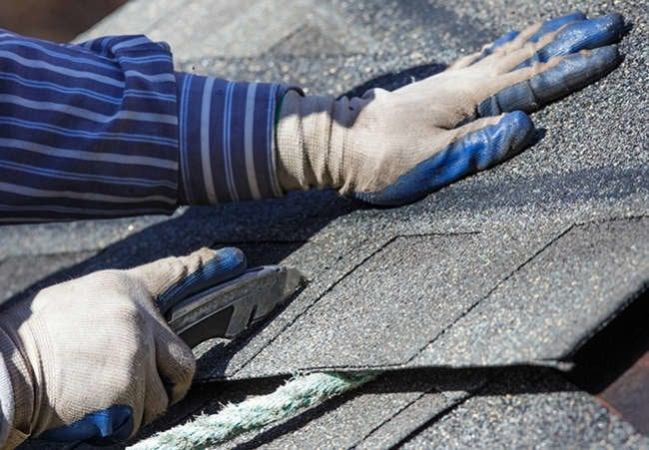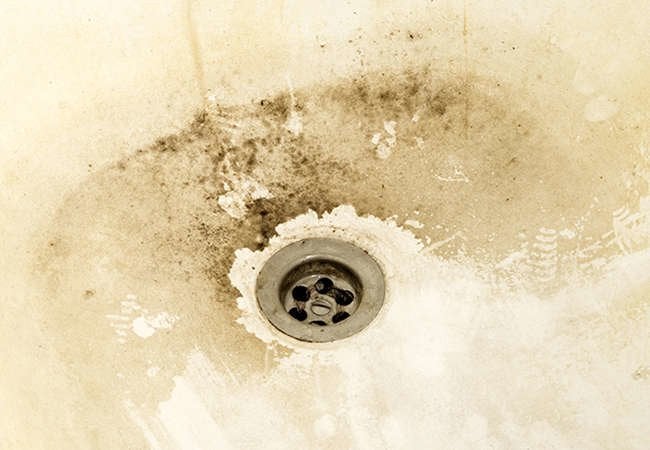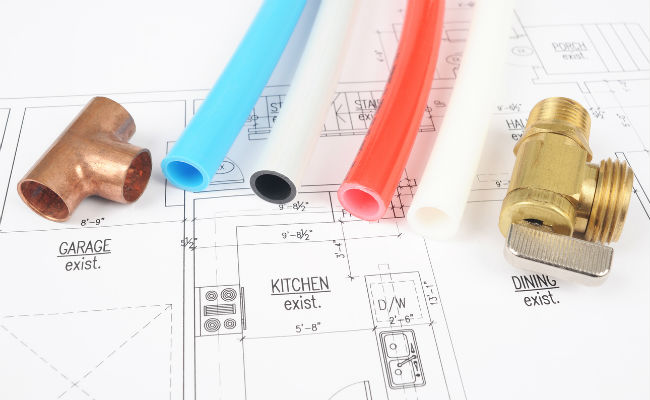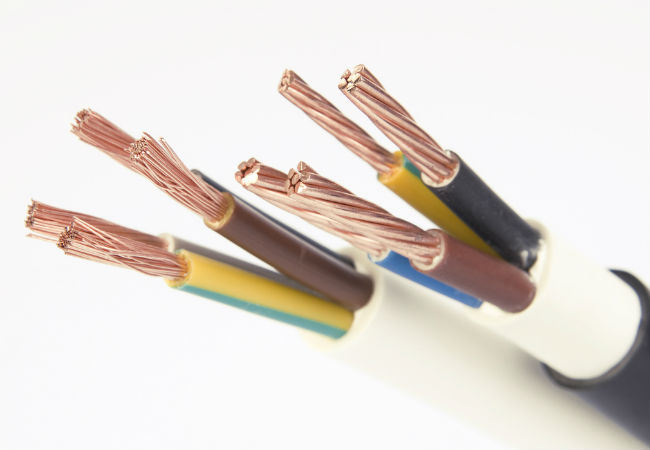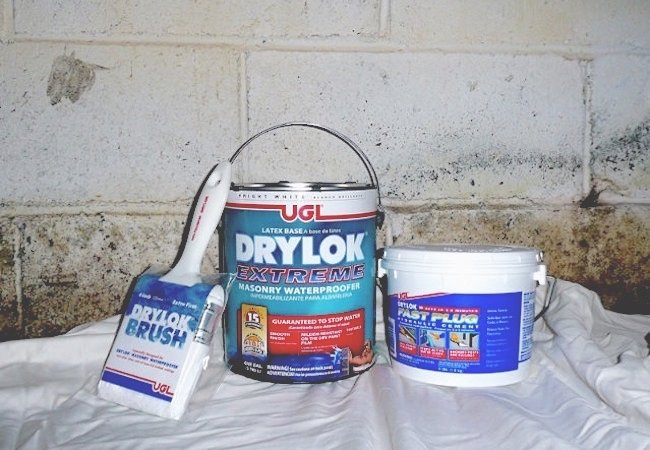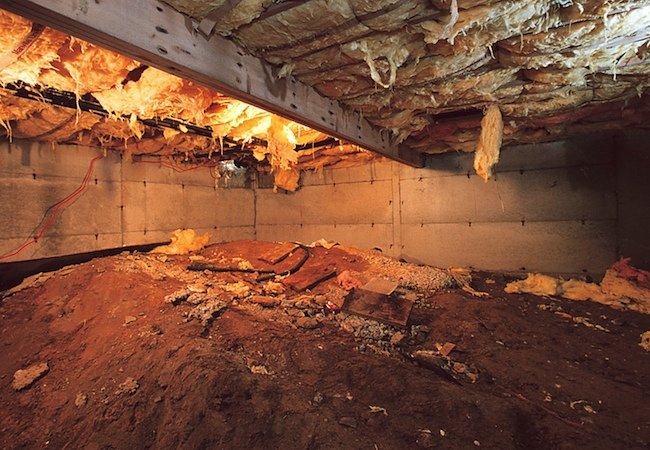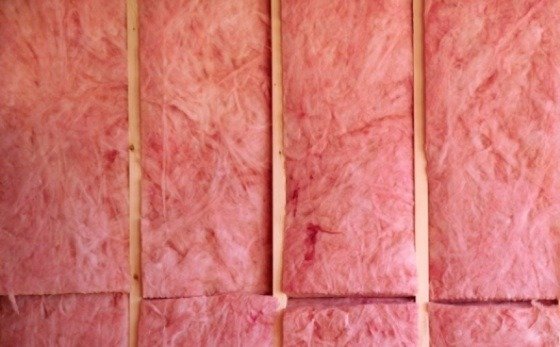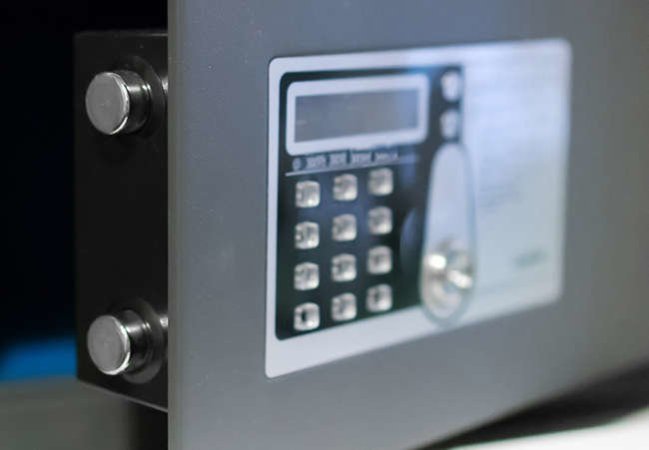We may earn revenue from the products available on this page and participate in affiliate programs. Learn More ›
Copper pipes have been used as water supply lines in homes for decades, and you’ve probably seen them under your cabinets or overhead in your basement. Most people know that pipes come in different diameters, but what you may not realize is that some types of copper pipes are thicker than others, too. Knowing the difference between copper pipe types, and the best application for each, will help you make an informed choice when beginning a plumbing repair or renovation project in your home.
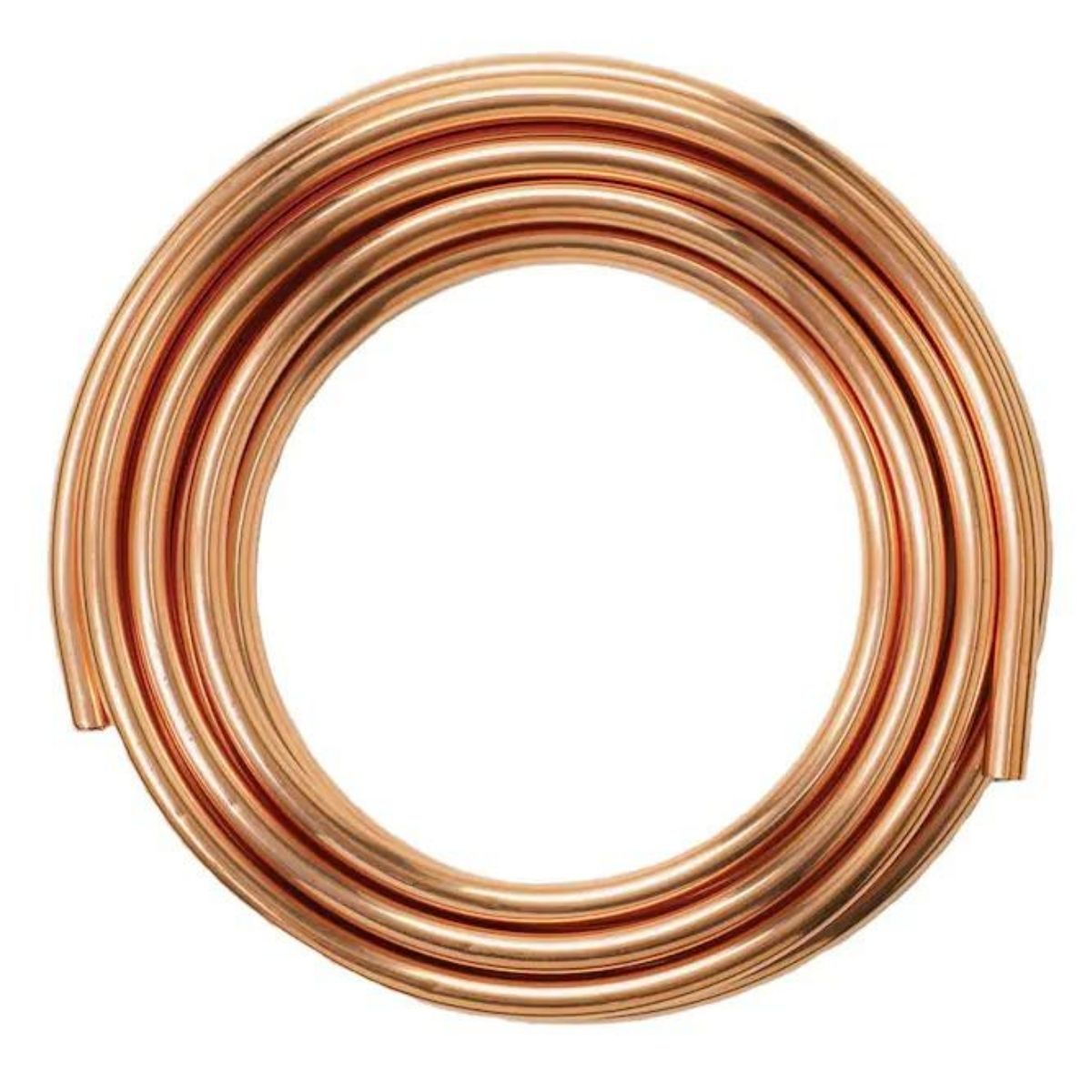
1. Type K Copper Pipe
Of all copper pipe types, Type K has the thickest walls and is the most durable. Pipe wall thickness varies according to the pipe diameter. ½-inch Type K pipe has a wall thickness of .049 inches, while ¾-inch has a thickness of .065 inches. Its thickness also makes Type K the heaviest and most expensive type of copper pipe. You won’t find Type K copper pipes under your sink or connected to other plumbing fixtures; partly because they aren’t as easy to work with as other types of copper but mostly due to the prohibitive cost. Type K’s thickness lends itself to use in commercial plumbing, HVAC, and sprinkler systems but most commonly found in underground water main installations. A thinner pipe can crimp or collapse underground, but Type K’s durability will allow it to last longer, meaning it doesn’t need to be dug up every few years.
Distinguished by green markings, Type K pipe is available in both rigid form and in flexible rolls. You’ll often find flexible rolls of Type K used for underground water mains because they are easier to run in a trench, require no fittings, and can be used with compression and flared fittings. The rigid form of Type K tubing is more likely to be used for commercial indoor applications and sprinkler systems.
Best For: Underground water main lines.
Editors’ Choice: Coils of Mueller Streamline Type K copper pipe (available at The Home Depot) are used in underground applications like water mains because of their ease of use and durability.
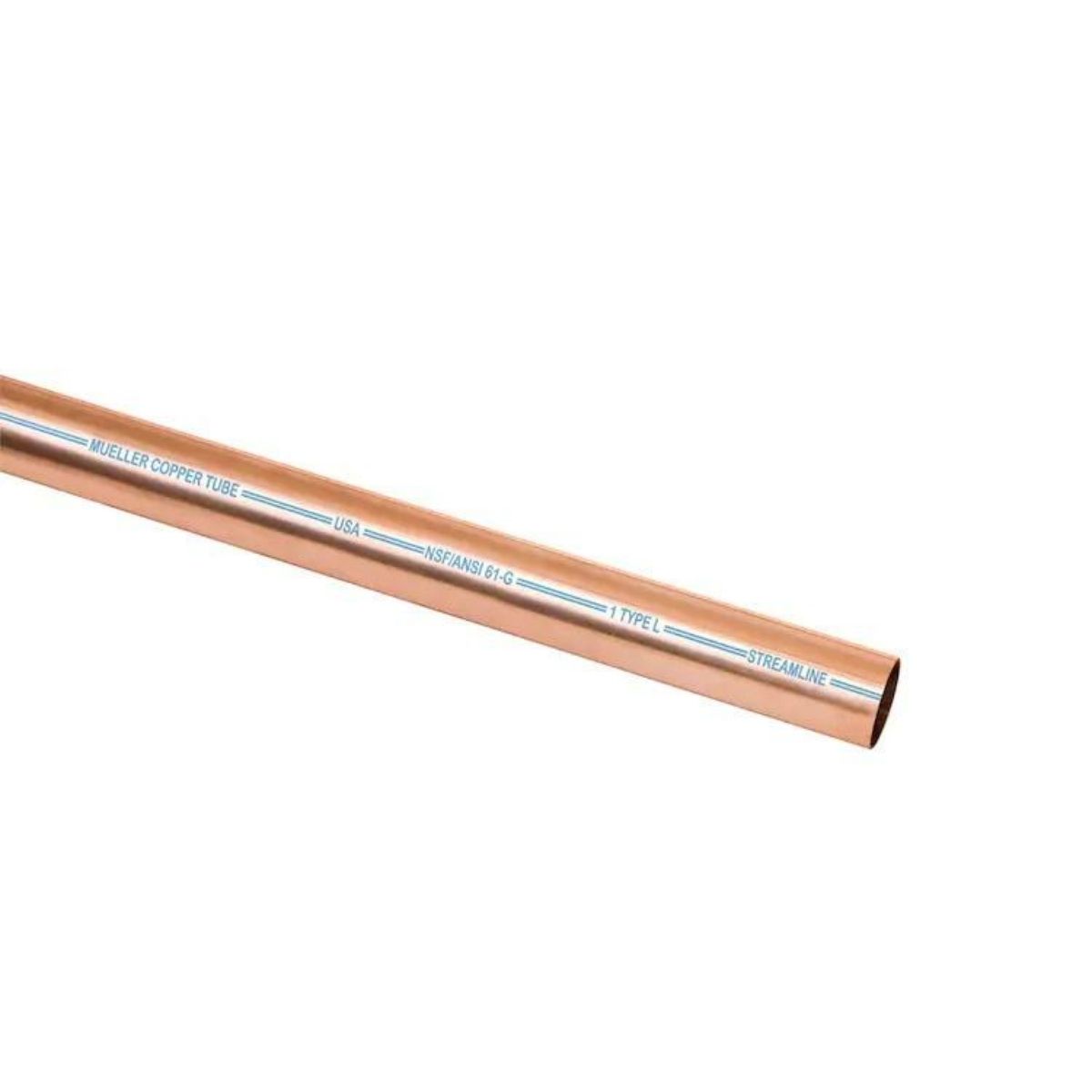
2. Type L Copper Pipe
While not quite as thick as Type K, with a wall thickness of .045 inches for a ¾-inch diameter pipe, it is still quite durable and can be used in many more ways. Type L is beefy enough to be used in underground applications but is often used to replace or repair water lines. If a home is known to have water issues like hard water, Type L copper is often the go-to choice because hard water will not wear through the thicker walls as easily as they will through Type M pipe.
Marked with blue and equipped for interior water supply systems, hot water heating systems, and fire protection such as sprinkler systems, Type L is the most commonly used of the copper pipe types. It comes in both flexible rolls and rigid tubing, with the rigid tubing usually used for internal water piping and the flexible rolls used underground and outside the home.
Best For: Most anything, but particularly interior water lines.
Editors’ Choice: 10-foot lengths of Mueller Streamline Type L tubing (available at The Home Depot) are a durable choice for domestic water pipe installation and repairs.
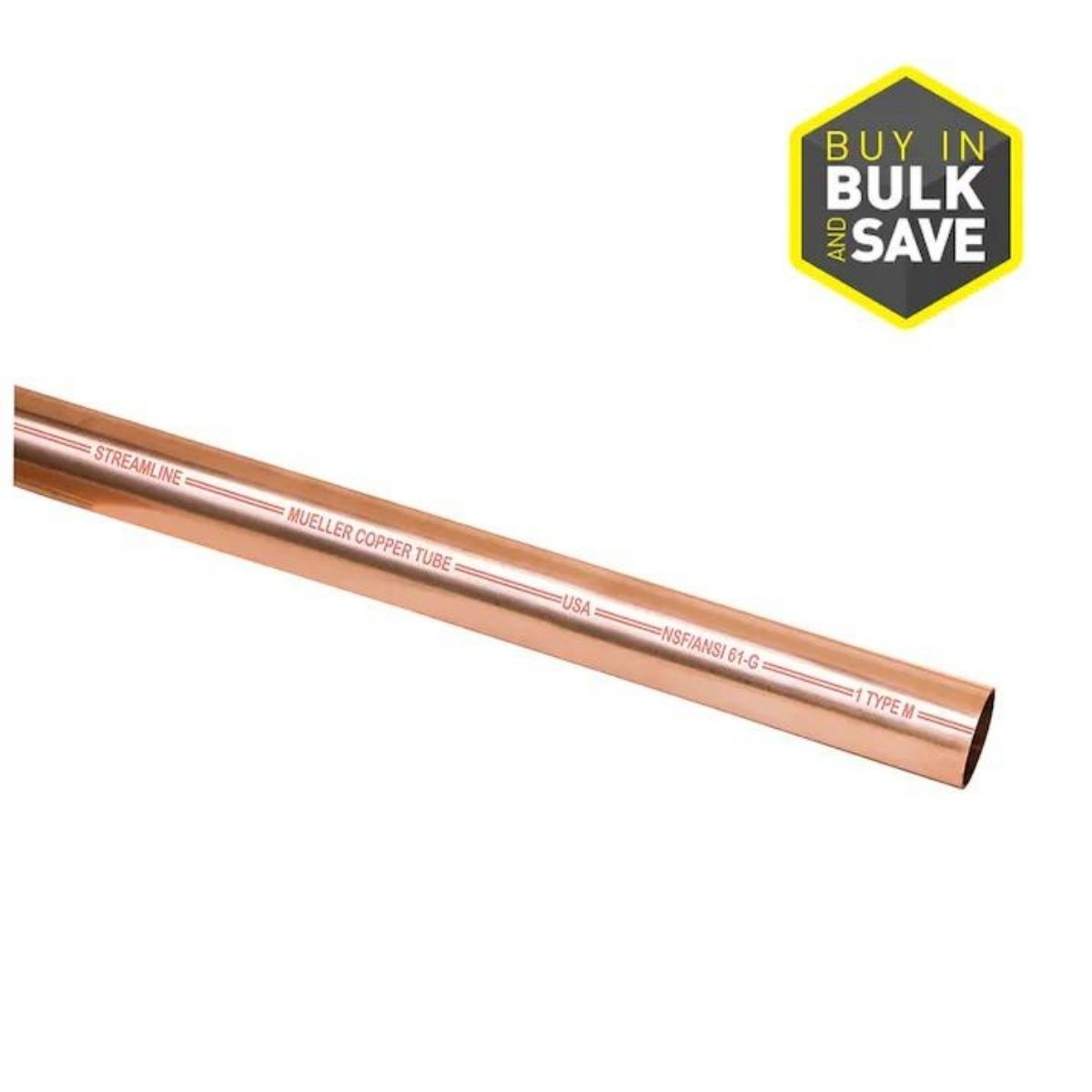
3. Type M Copper Pipe
Type M has a wall thickness of .032 inches for a ¾-inch diameter pipe, making it a thinner wall than both Type K and Type L copper. While this might seem like a point for the “cons” list, it really isn’t: There is less copper in Type M copper pipe, making it lighter, less rigid, and easier to work with. Best of all, it costs less than the other copper pipe types!
Type M has red markings and comes in flexible rolls and rigid tubing. While it isn’t often used in outdoor underground applications, Type M copper pipe is a perfect fit and plenty durable if you are looking to run a water system in your home. In fact, its affordable price point makes it the most popular copper pipe for domestic water systems.
Best For: Domestic water lines.
Editors’ Choice: The relatively low price on Mueller Streamline Type M copper pipe (available at The Home Depot) makes it a popular choice for running domestic water lines.
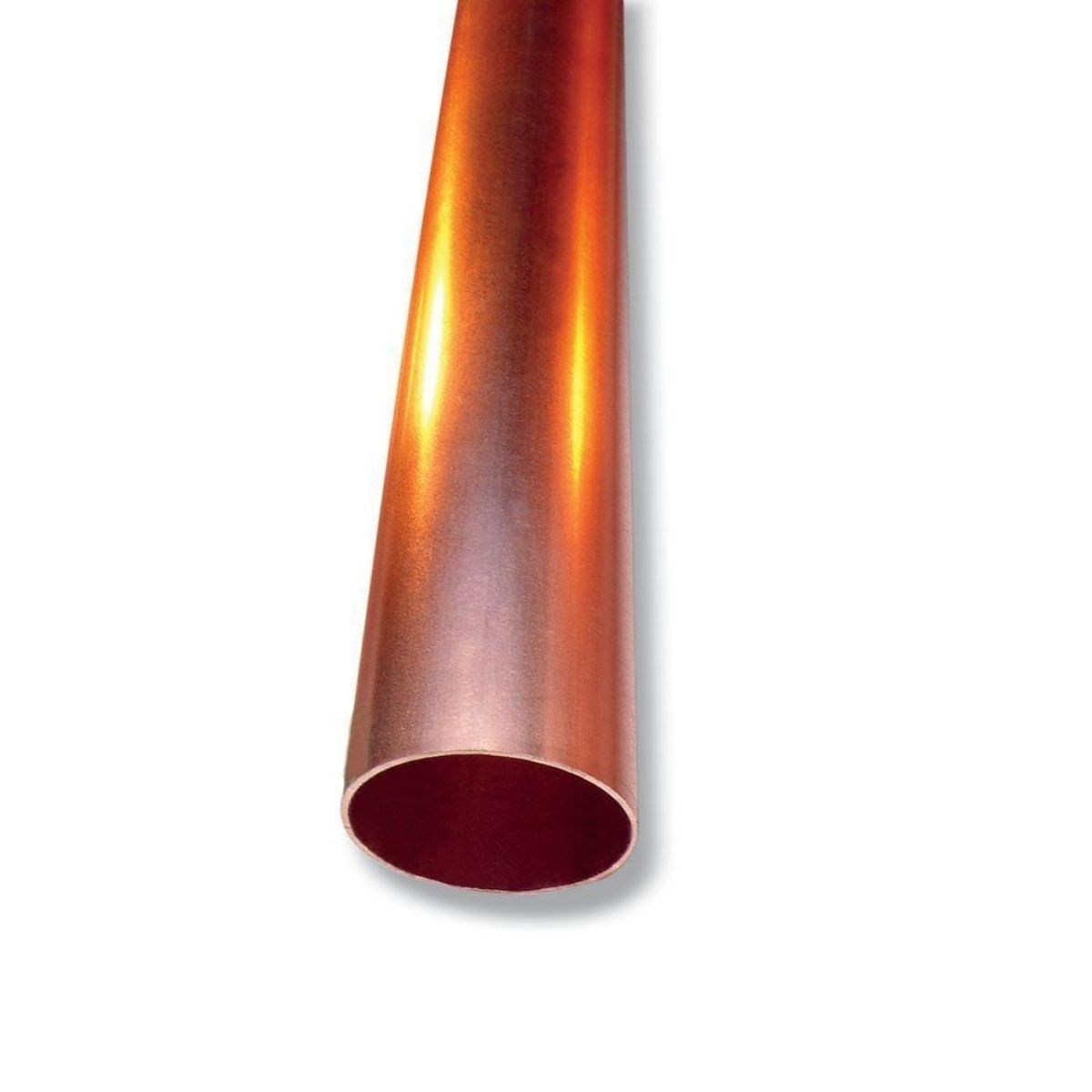
4. Copper DWV Pipe
The letters DWV stand for drain, waste, and vent—a helpful reminder that DWV pipe is approved for use only in drain and vent lines. As the only copper pipe type not used in water systems, DWV pipe is sort of the “odd man out.” Copper DWV pipe comes in larger diameters than the other types of copper and is distinguished by yellow markings. It also has thinner walls than the other types of copper pipe, with a wall thickness of .040 for a piece of 1¼-inch pipe, the smallest diameter available for DWV. The thin walls on DWV copper pipe can only withstand a maximum pressure rating of 15 psi, hence the narrow range of use. It is often seen in older homes, but if you have a newer house, don’t bother going to look for copper DWV pipe in your drain or vent lines it’s been all but eliminated in new construction, replaced by PVC pipe.
Best For: Typically found only in the drain and vent systems of older houses.
Editors’ Choice: Though rarely installed these days, Cerro copper DWV pipe (available at The Home Depot) is still occasionally used on repair jobs.
